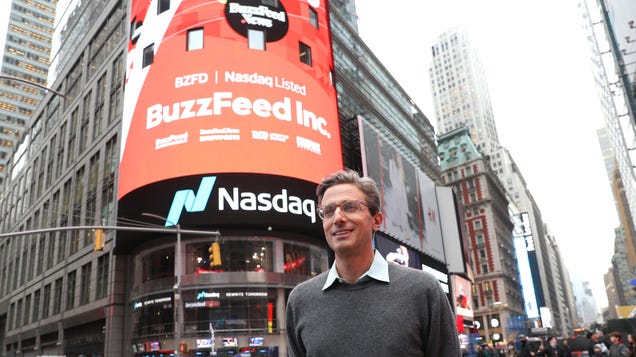
A decade ago, BuzzFeed was mostly known for popularizing the listicle format and for its bevy of weird quizzes. Hell, there’s even listicles of weird quizzes there to keep users scrolling forever.

A decade ago, BuzzFeed was mostly known for popularizing the listicle format and for its bevy of weird quizzes. Hell, there’s even listicles of weird quizzes there to keep users scrolling forever.
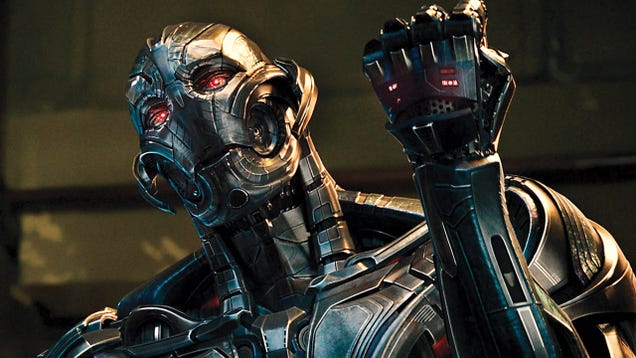
Towards the end of 2022, there was a big boom in AI-generated art on social media and artist-friendly sites such as ArtStation.
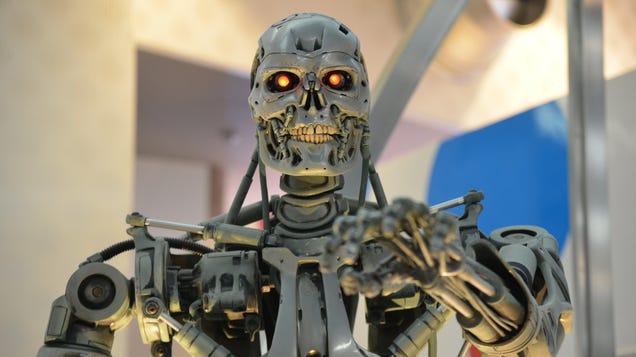
Well folks, the AI “revolution” is upon us, and it already seems to be getting out slightly out of hand. Big corporations, spurred by the specter of easy profits, have begun to roll out new tools and products that use artificial intelligence to enhance user experience.
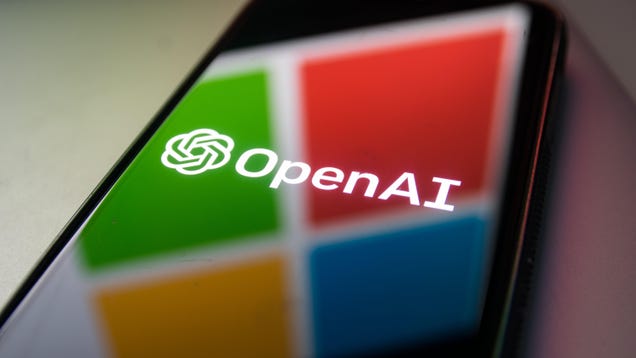
Microsoft has AI fever, and apparently the only treatment is sticking its large language model, ChatGPT-like chatbot into practically every end-user program it has going.
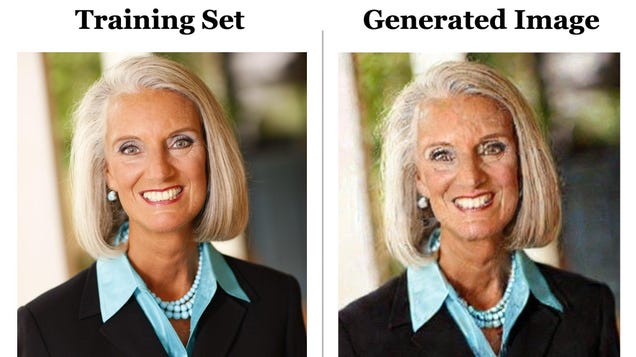
One of the main defenses used by those who are bullish on AI art generators is that although the models are trained on existing images, everything they create is new. AI evangelists often compare these systems to real life artists.
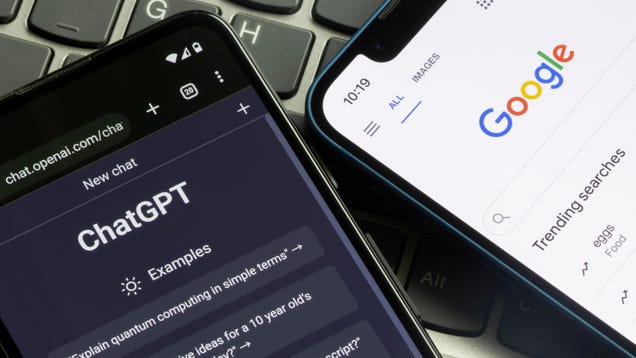
Google is rushing to release its own artificial intelligence products in the wake of OpenAI’s ChatGPT.
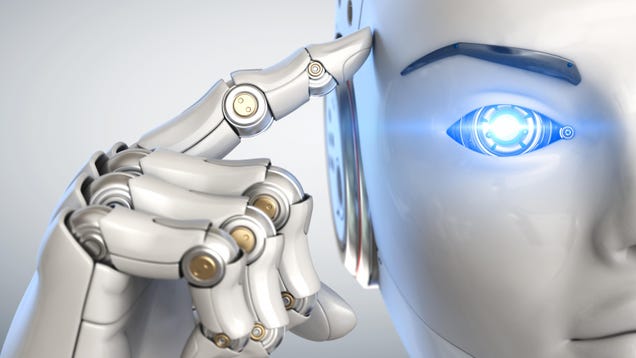
OpenAI, the artificial intelligence company behind viral text-generator ChatGPT, has released a new AI tool intended to help manage the mess wrought by its previous creation. Unfortunately, it’s not very good.
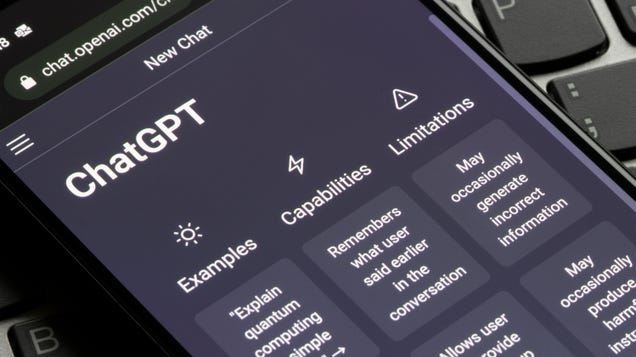
There’s a lot of opinions flying around about the pros and cons of the future of ChatGPT, but Arvind Narayanan—a computer science professor from Princeton University—thinks the hype is still overblown at this point.
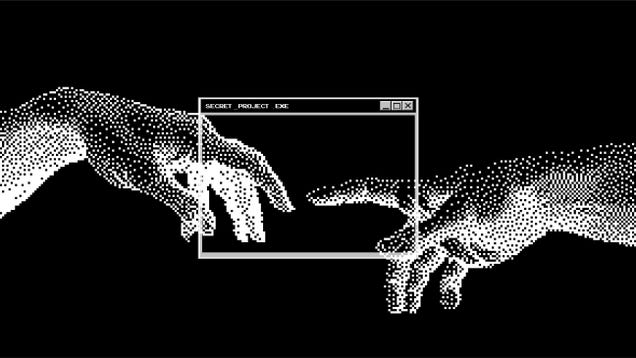
At this very moment, I could boot up OpenAI’s popular ChatGPT and ask it to write this article for me.